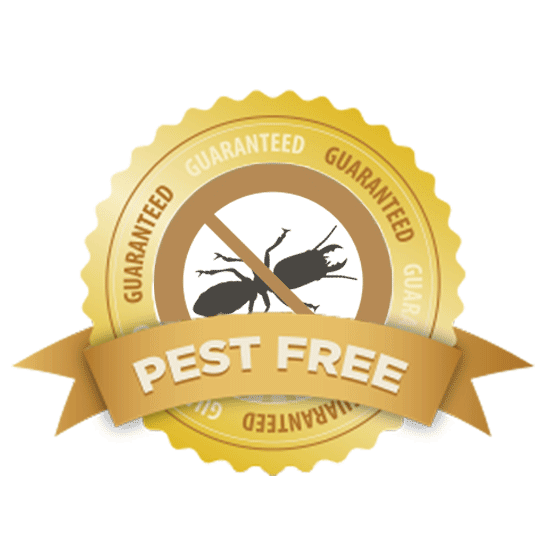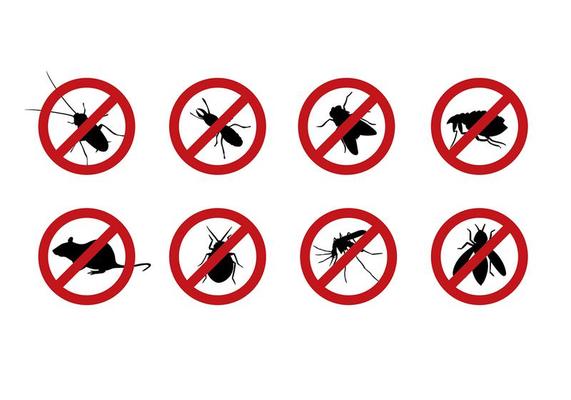Experienced A1 Exterminators Charlotte NC - Fast and Reliable Solutions
Wiki Article
Bed Insect Therapy Break Down: Comparing Chemical Vs. Non-Chemical Solutions
In the world of parasite control, specifically when dealing with the relentless issue of bed bugs, the selection in between chemical and non-chemical therapy services can be an essential one. Both methods supply distinct benefits and drawbacks, influencing aspects such as effectiveness, security considerations, and total price. By examining the nuanced details of each approach, a more clear understanding of which course to seek in resolving a bed pest problem can be acquired.Performance of Chemical Treatments
Chemical treatments for bed pest invasions have been extensively identified for their fast and powerful efficiency in eliminating these bugs. When thinking about the effectiveness of chemical therapies, it is essential to understand that they can provide a detailed and fast option to a bed bug issue.Moreover, chemical therapies have the advantage of supplying residual impacts, indicating that they can continue to remove bed insects even after the preliminary application. This residual activity is particularly advantageous in combating any type of possible re-infestations. Furthermore, the quick action of chemical treatments can bring relief to people facing serious bed pest invasions, allowing them to gain back control of their space promptly.
Safety And Security Worries With Chemical Solutions
One vital element that needs cautious consideration when making use of chemical remedies for bed pest therapy is ensuring the safety and security of occupants and the environment. While chemical therapies can be reliable in removing bed insects, they may position dangers otherwise handled properly. Among the key security worry about chemical options is the potential injury they can create to human health and wellness. Exposure to certain chemicals made use of in bed pest treatments can result in respiratory system problems, skin irritation, or other adverse responses, particularly in individuals with pre-existing problems or level of sensitivities. Furthermore, improper application or dose of chemical pesticides can lead to toxic residues lingering in the treated location, posturing long-term wellness dangers to occupants.Moreover, the ecological impact of chemical remedies is one more substantial consideration. Some chemicals made use of in bed bug therapies might be harmful to helpful insects, wild animals, and communities if they seep into the soil or water supply. It is important to make use of chemical therapies sensibly, adhering to safety guidelines, and taking into consideration much less poisonous choices to mitigate these risks and guarantee the effective and secure monitoring of bed bug infestations.
Benefits of Non-Chemical Techniques
Thinking about the possible safety issues and environmental effect connected with chemical services for bed insect treatment, checking out non-chemical approaches presents an appealing option with several unique advantages. Non-chemical approaches offer a safer alternative for families, specifically those with individuals, youngsters, or pet dogs sensitive to extreme chemicals. These methods remove the threats of exposure to toxic compounds, decreasing the capacity for adverse health and wellness effects. In addition, non-chemical treatments are ecologically friendly, as they do not contribute to air or water air pollution, making them a lasting option for parasite control.Additionally, non-chemical solutions can be efficient in targeting bed bugs, including hard-to-reach locations where chemical treatments might not penetrate - A1 charlotte pest control companies. Approaches such as warm treatment, vacuuming, heavy steam cleaning, and cushion coverings offer extensive elimination without the use of damaging chemicals.
Limitations of Non-Chemical Treatments

Furthermore, non-chemical therapies usually call for multiple applications to achieve effective obliteration. This can be lengthy and may not constantly ensure total removal of all bed insects and their eggs, specifically in surprise or hard-to-reach areas.
Furthermore, the success of non-chemical therapies heavily relies upon appropriate execution and thoroughness, which can be challenging for people without expert knowledge. Poor application of non-chemical approaches may cause insufficient elimination, resulting in persistent infestations and the demand for additional therapies.
For that reason, More Info while non-chemical therapies have their Home Page benefits, it is crucial to acknowledge these limitations and consider them when establishing the most effective technique for taking care of bed pest problems.
Cost Comparison: Chemical Vs. Non-Chemical Options
Provided the restrictions connected with non-chemical therapies, an important element to assess in the context of bed insect monitoring is the cost comparison between chemical and non-chemical choices. Chemical therapies usually entail the application of insecticides by experts, which can vary from $250 to $900 per space, relying on the seriousness of the problem and the size of the area to be treated. In contrast, non-chemical treatments like heat treatment or heavy steam can be much more expensive, with prices ranging from $1,000 to $6,000 for an entire home. While the first cost of chemical treatments may seem reduced, multiple therapies may be called for to fully eradicate the problem, possibly increasing the total expense. On the various other hand, non-chemical options may supply a much more environment-friendly and sustainable service, although they can be cost-prohibitive for some individuals. Ultimately, when taking into consideration the cost of bed bug treatment options, it is essential to weigh the in advance costs against the effectiveness and lasting sustainability of the picked approach.Final Thought

Taking into consideration the possible safety and security issues and environmental effect connected with chemical options for bed pest therapy, exploring non-chemical methods presents an appealing option with numerous unique benefits.Provided the constraints associated with non-chemical therapies, an important Learn More Here element to evaluate in the context of bed insect monitoring is the expense comparison in between chemical and non-chemical options. In contrast, non-chemical treatments like heat therapy or vapor can be much more pricey, with expenses ranging from $1,000 to $6,000 for an entire home. While the first price of chemical therapies might appear lower, several therapies may be needed to totally eradicate the infestation, possibly increasing the overall cost.In final thought, when contrasting chemical and non-chemical bed insect treatment choices, it is vital to think about effectiveness, security, benefits, constraints, and expense.
Report this wiki page